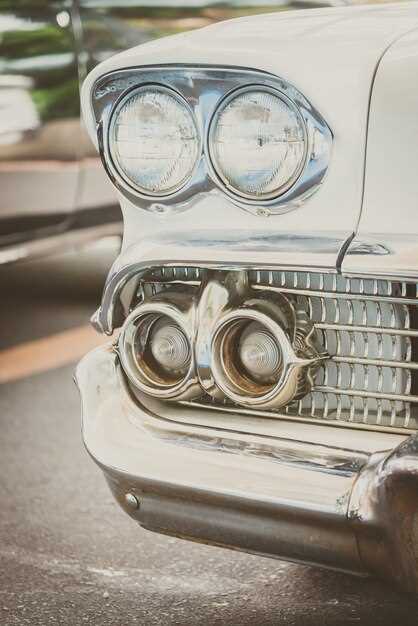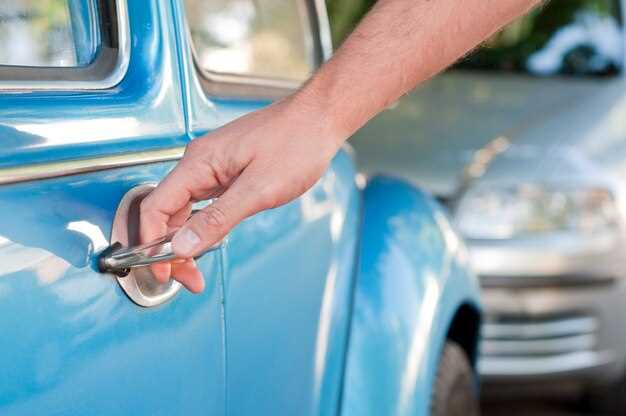
Collecting classic cars has become a passion for many enthusiasts around the world. However, the allure of these vintage vehicles often comes with the challenge of identifying authenticity. With counterfeit cars and replicas on the rise, distinguishing an original classic from a mere imitation requires a keen eye and a basic understanding of certain key factors.
To successfully identify an authentic classic car, one must first familiarize themselves with its history, manufacturer details, and specific characteristics unique to that model. Documentation plays a crucial role in verifying authenticity. Original sales invoices, maintenance records, and any restoration documents can help trace the car’s journey and confirm its legitimacy.
Furthermore, examining physical characteristics such as body styles, engine numbers, and production codes gives significant insight into a vehicle’s originality. Certain classic cars feature distinctive markings or components that were unique to factory specifications. Knowledge of these features allows collectors to spot discrepancies that may indicate a car is not what it claims to be.
Examine the VIN and Production Numbers for Authenticity

To ensure that a classic car is authentic, a thorough examination of its Vehicle Identification Number (VIN) and production numbers is essential. The VIN serves as a unique identifier for vehicles, containing crucial information regarding the model, manufacturer, and specific features of the car.
Start by locating the VIN, which is typically found on the dashboard near the windshield, on the driver’s side door jamb, or in the engine compartment. The VIN consists of 17 characters that include letters and numbers. Each section of the VIN holds specific data: the first three characters identify the manufacturer, while the subsequent characters provide information about the model, engine type, and year of manufacture. Ensure that the VIN matches the documentation provided with the car.
Next, verify the production numbers. These numbers indicate how many units of a particular model were produced and can often be found on the engine block, transmission, or other key components. Different manufacturers have unique ways of denoting production numbers, which can often be cross-referenced with industry databases or classic car registries. This information can confirm whether the vehicle is an original model or a reproduction.
It’s also advisable to consult experts or historical documents that can validate the VIN and production numbers. Classic car clubs or specialized forums can be invaluable resources for identifying discrepancies and providing insights into the vehicle’s history. If discrepancies arise between the VIN, production numbers, and documented history, this may indicate that the vehicle is not authentic.
In summary, a careful examination of the VIN and production numbers is crucial in establishing a classic car’s authenticity. Verify these numbers against trusted sources to protect your investment and ensure you own a genuine piece of automotive history.
Assess the Condition of Original Parts and Materials

Evaluating the condition of original parts and materials is crucial when determining the authenticity of classic cars. Authentic vehicles usually possess components that are not only original but also well-preserved. Start by examining the engine, transmission, and chassis. Look for signs of wear, rust, or repair that could indicate replacement parts. A genuine classic car will typically feature factory-installed components, complete with original serial numbers and markings.
Next, inspect the body panels and frame. Original parts should show uniformity in paint and finish. Pay attention to any inconsistencies or mismatched colors, which could suggest repairs or replacements. Additionally, check for the presence of factory welds, stamps, and tags. These identifiers can provide valuable insight into the authenticity of the vehicle.
Don’t overlook the interior elements like the seats, dashboard, and trim. Assess whether the materials reflect the era when the car was manufactured. Original upholstery should exhibit age-appropriate wear but not excessive damage. Look for the manufacturer’s labeling, which often indicates authenticity.
Lastly, verify the condition of smaller components such as lights, switches, and gauges. Original parts that are intact and functional add to the vehicle’s authenticity. Be cautious of aftermarket replacements or modifications, as they may detract from the car’s overall value. Consulting with a classic car expert can help confirm the authenticity and condition of these parts, providing peace of mind to potential buyers.
Research Provenance and History of the Vehicle
Establishing the provenance of a classic car is essential for verifying its authenticity and determining its value. Start by analyzing the vehicle’s historical documents, which may include the original title, registration records, and maintenance logs. These documents are critical in tracing the ownership history and confirming that the vehicle retains its original components.
Next, consider reaching out to car clubs or organizations specific to the vehicle’s make and model. Many classic car communities maintain archives and databases that can provide valuable insights into a particular car’s past. These resources can help confirm details such as production numbers, factory options, and special editions.
Conducting a vehicle identification number (VIN) check is another key step. The VIN offers a wealth of information regarding the manufacture date, location, and original specifications. Ensure that the VIN present on the car matches the details in the documentation. Look for signs of tampering or discrepancies, as these could indicate fraudulent history.
Examine any restoration work that has been completed on the vehicle. Genuine classic cars often undergo restorative processes, but modified cars can decrease authenticity. Review photographs from previous owners and records of restoration processes to ensure the work is in line with the original structure and design.
Finally, gather as much anecdotal evidence as possible. Interview previous owners, if possible, or consult online forums where enthusiasts share their knowledge and experiences. Personal stories and firsthand accounts can provide context that formal documents lack, adding depth to the car’s history.
